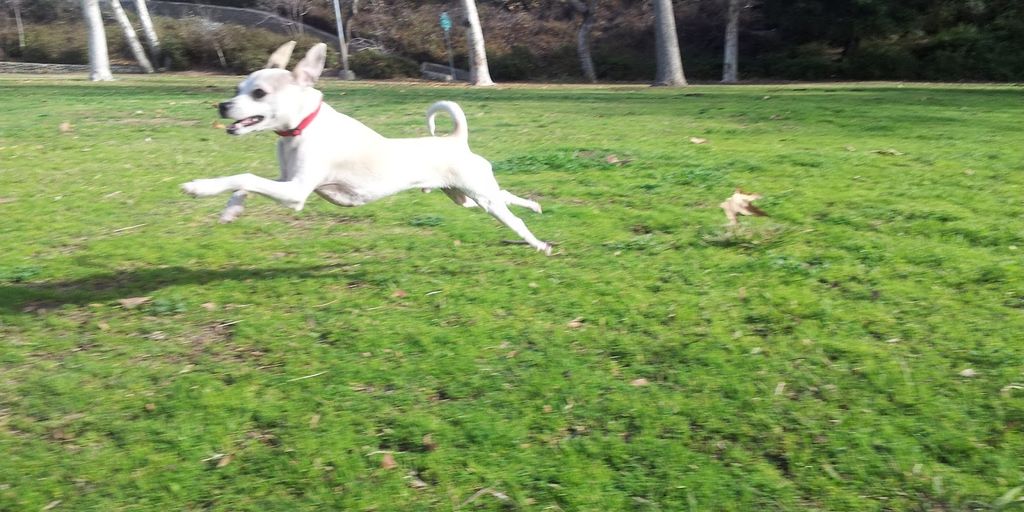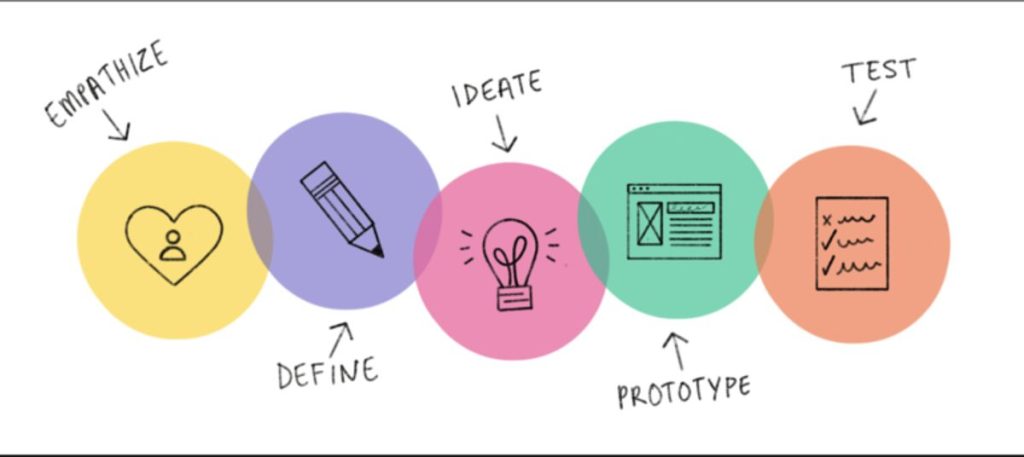Managing and preventing dog aggression is essential for creating a harmonious living environment. Understanding the root causes, implementing early socialization, and using positive reinforcement techniques can significantly reduce aggressive behaviors. This article explores various strategies to help you cultivate a peaceful relationship with your canine companion.
Key Takeaways
- Understanding the root causes of aggression, such as genetics, past experiences, and health issues, is crucial.
- Early socialization, including puppy classes and controlled exposure to new environments, can prevent aggression.
- Positive reinforcement techniques, like rewarding calm behavior and consistent training, are effective in managing aggression.
- Recognizing signs of resource guarding and managing triggers can help prevent aggressive incidents.
- Seeking professional help and creating a calm home environment are vital for managing and preventing dog aggression.
Understanding the Root Causes of Dog Aggression
Aggression in dogs is a natural behavior, often rooted in instinctual drives for protection and survival. However, when these behaviors become problematic, they can lead to serious consequences. Recognizing the type of aggression your dog exhibits is crucial for effective training.
The Importance of Early Socialization
Early and positive socialization plays a crucial role in preventing the development of aggression in dogs. Trainers facilitate controlled interactions with other dogs, people, and various environments to help dogs become comfortable and confident in different situations. By exposing dogs to a wide range of stimuli in a positive and controlled manner, trainers can help build their social skills and reduce the likelihood of fear-based aggression. Proper socialization also fosters better communication and understanding between dogs and their owners.
It’s important for owners to continue socializing their dogs throughout their lives beyond working with dog trainers in aggression therapy, as ongoing exposure to different people, animals, and environments helps maintain their social skills and prevents regression. By prioritizing early and positive socialization, owners can help their dogs develop into well-adjusted and sociable companions, reducing the risk of aggression and fostering a strong bond between dog and owner.
Positive Reinforcement Techniques
Positive reinforcement training stands as a cornerstone in the realm of dog behavior modification. This approach focuses on rewarding desirable behaviors with treats, praise, or toys, thereby reinforcing those behaviors and encouraging their repetition. In aggression therapy, trainers use positive reinforcement to encourage calm and non-aggressive behaviors in dogs. By rewarding moments of calmness and appropriate responses to triggers, dogs learn to associate positive outcomes with peaceful behaviors.
Recognizing Signs of Resource Guarding
Resource guarding, also known as possessive aggression, is when a dog is highly protective of its possessions, such as food, toys, or even certain people. Understanding resource guarding in dogs is crucial for preventing aggressive behaviors and ensuring a peaceful home environment.
Managing Dog-to-Dog Aggression
Dog-to-dog aggression is a fairly common complaint among pet parents. It can take a lot of time and effort to address later in a dog's life, so for many dogs, this type of aggression is most easily prevented during puppyhood. There are some great ways to set your pup up for success with other dogs later in life:
Supervised Playdates
Supervised playdates are a fantastic way to help your dog learn how to interact positively with other dogs. Always monitor interactions to ensure they remain friendly and intervene if necessary. This helps in preventing behavioral problems in dogs and promotes a healthy social environment.
Leash Training and Walks
Leash training is essential for managing dog-to-dog aggression. Proper leash manners can prevent aggressive encounters during walks. Use positive reinforcement to reward calm behavior and gradually expose your dog to other dogs in a controlled manner.
Seeking Professional Help
If your dog's aggression towards other dogs is severe, seeking professional help is crucial. A skilled dog trainer can provide a behavior modification plan tailored to your dog's needs. Don't hesitate to seek help early to address common behavioral issues effectively.
Addressing aggression in dogs requires a mixed approach that combines behavioral modification techniques, positive reinforcement, socialization, and environmental management. By employing these strategies, you can help your dog overcome aggression and develop more appropriate behaviors.
Creating a Calm Home Environment
The Role of Professional Training
When it comes to managing dog aggression, seeking the assistance of a professional dog trainer is often the most direct path to corrective training. Professional guidance and support can make a significant difference in addressing aggressive behaviors effectively.
When to Seek Help
If you notice persistent aggressive behaviors in your dog, it might be time to consult a professional. Trainers emphasize the importance of patience and persistence, as progress may take time and setbacks may occur. By providing ongoing support and encouragement, trainers empower owners to stay committed to their dog’s training and promote lasting behavioral changes.
Choosing the Right Trainer
Every dog is unique, and what works for one may not work for another. Therefore, tailoring the training approach to your dog's individual needs and personality is crucial. Look for trainers who have experience with aggressive dogs and use positive reinforcement techniques.
Behavior Modification Plans
Trainers work with owners to create customized behavior modification plans. These plans often include a combination of obedience training, desensitization techniques, and leadership skills. Consistency and leadership are not only important during formal training sessions but also in everyday interactions with the dog. By maintaining consistency and demonstrating strong leadership, owners can build a strong bond of trust and respect with their dog, ultimately reducing the likelihood of aggression and promoting a harmonious relationship.
Consistency reinforces desired behaviors and ensures that the dog receives clear and consistent messages about what is expected of them.
Addressing Fear-Based Aggression
Fear or anxiety aggression is a defensive response to perceived threats. A dog might misinterpret a stranger's hurried approach as dangerous, prompting an aggressive reaction. To mitigate this type of aggression, gradual exposure to various people and environments is key, always ensuring the dog is securely leashed or muzzled for public safety.
Desensitization Techniques
Desensitization and counter-conditioning can be invaluable for reducing fear or anxiety-based aggression. They involve gradually exposing your dog to the triggers of their aggression at a level that doesn’t produce a negative response, coupled with positive associations.
Building Confidence
When a dog experiences fear, its flight-or-fight response may heavily lean towards ‘fight.’ Fear aggression is typically a dog’s last resort when escape is not an option. In these instances, the dog may exhibit aggressive behavior to protect itself from a perceived threat. Signs of fear aggression include cowering, trembling, a tucked tail, and potentially a sudden snap or bite if the threat intensifies.
Gradual Exposure to Triggers
For example, fear-based aggression requires a different approach than territorial aggression. A dog that snarls when scared needs gentle reassurance and gradual exposure to their fears. On the other hand, a dog guarding their space might need structured training to learn that not every newcomer is a threat.
Bold: Gradual exposure to various people and environments is key.
Italics: fight-or-flight response.
Preventing Aggression in Adopted Dogs
Adopting a dog is a wonderful experience, but it can come with its own set of challenges, especially when it comes to preventing aggression. Here are some strategies to help your new furry friend adjust peacefully to their new home.
Assessing Behavior Before Adoption
Before bringing a new dog home, it's crucial to assess their behavior. Spend time with the dog in different settings to understand their temperament. This can help you identify any potential aggression issues early on.
Integration with Existing Pets
Introducing a new dog to your existing pets should be done gradually. Start with short, supervised interactions and slowly increase the time they spend together. This helps in reducing any territorial aggression and ensures a smoother transition.
Ongoing Training and Support
Training shouldn't stop once your dog has settled in. Continuous training and positive reinforcement are key to maintaining good behavior. Consider enrolling in a fit & fetch dog care online course to address issues like excessive barking, aggression, and leash manners.
Consistent training and socialization can revolutionize dog care, making your pet happier and healthier.
By following these steps, you can create a harmonious environment for both your new and existing pets, ensuring a peaceful and loving home.
Tips for Multi-Pet Households
Managing a household with multiple pets can be a rewarding yet challenging experience. Here are some tips to help you create a harmonious environment for all your furry friends.
Introducing New Pets Slowly
When bringing a new pet into your home, it's crucial to introduce them gradually. Start by allowing them to sniff each other through a barrier, like a baby gate. Gradually increase their interactions under supervision until they are comfortable with each other.
Monitoring Interactions
Always keep an eye on how your pets interact, especially in the beginning. Look for signs of aggression or discomfort and intervene if necessary. Transform your home into a stress-free haven by ensuring that each pet feels safe and secure.
Ensuring Individual Attention
Each pet needs their own time with you. Make sure to spend quality time with each animal individually to strengthen your bond and prevent jealousy. This can include playtime, grooming, or just some quiet cuddling.
By following these tips, you can manage separation anxiety, promote well-being, and strengthen the owner-pet relationship. A little effort goes a long way in creating a peaceful multi-pet household.
Maintaining Long-Term Peace
Ensuring long-term peace with your dog requires ongoing effort and attention. Regular vet check-ups are essential to monitor your dog's health and catch any issues early. Continued socialization helps your dog stay comfortable around new people and animals, reducing the likelihood of aggression. Adapting to changes in your dog's environment or routine can also prevent stress-related behaviors.
Regular Vet Check-Ups
Regular vet check-ups are crucial for maintaining your dog's health. These visits help identify any underlying health issues that could contribute to aggressive behavior. It's important to keep up with vaccinations, dental care, and overall wellness exams.
Continued Socialization
Socialization shouldn't stop after puppyhood. Regularly exposing your dog to new environments, people, and other animals can help them remain well-adjusted and less prone to aggression. Consider joining a local dog group or attending socialization classes.
Adapting to Changes
Dogs can be sensitive to changes in their environment or routine. Whether it's a new family member, a move, or a change in daily schedule, it's important to help your dog adapt smoothly. Gradual introductions and maintaining a consistent routine can make transitions easier for your pet.
Consistency and leadership are not only important during formal training sessions but also in everyday interactions with the dog. Trainers emphasize the importance of consistency in enforcing rules and boundaries, as well as providing positive reinforcement for desired behaviors. By maintaining consistency and demonstrating strong leadership, owners can build a strong bond of trust and respect with their dog, ultimately reducing the likelihood of aggression and promoting a harmonious relationship.
Conclusion
Dog aggression is a serious issue that can have dire consequences if left unaddressed. However, with patience, education, and professional guidance, it is entirely possible to alter aggressive behaviors and cultivate a positive, peaceful relationship with your dog. By implementing these expert tips and techniques, you’re not only enhancing the life of your companion but also contributing to the betterment of the dog-owning community at large. Remember, a peaceful pet starts with a proactive and informed owner. Keep learning, stay patient, and enjoy the journey with your furry friend!
Frequently Asked Questions
What are the common causes of dog aggression?
Dog aggression can be caused by a variety of factors including genetics, past experiences, trauma, health issues, and pain.
How important is early socialization in preventing dog aggression?
Early socialization is crucial as it helps dogs become accustomed to different environments, people, and animals, reducing the likelihood of fear-based aggression.
What techniques can I use to reinforce positive behavior in my dog?
Positive reinforcement techniques such as rewarding calm behavior, using treats and praise effectively, and maintaining consistency in training are effective in encouraging a peaceful demeanor.
How can I recognize signs of resource guarding in my dog?
Signs of resource guarding include growling, snapping, or aggressive behavior when the dog is eating, playing with toys, or occupying a certain space. Identifying these triggers can help in managing the behavior.
What should I do if my dog shows aggression towards other dogs?
Managing dog-to-dog aggression involves supervised playdates, proper leash training during walks, and seeking professional help if necessary.
How can I create a calm home environment for my dog?
Establishing routines, providing safe spaces, and reducing stressors are key strategies in creating a calm and peaceful home environment for your dog.
When should I seek professional help for my dog's aggressive behavior?
Professional help should be sought if the aggression is severe, persistent, or if you are unable to manage it on your own. A professional trainer or behaviorist can provide tailored advice and behavior modification plans.
What steps can I take to prevent aggression in an adopted dog?
To prevent aggression in an adopted dog, assess the dog's behavior before adoption, integrate the dog slowly with existing pets, and provide ongoing training and support.




